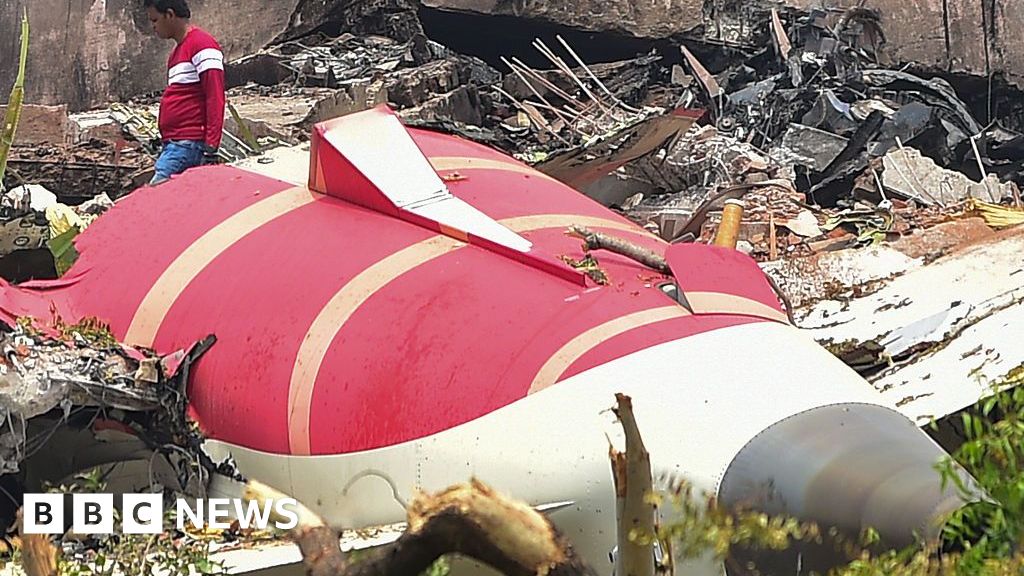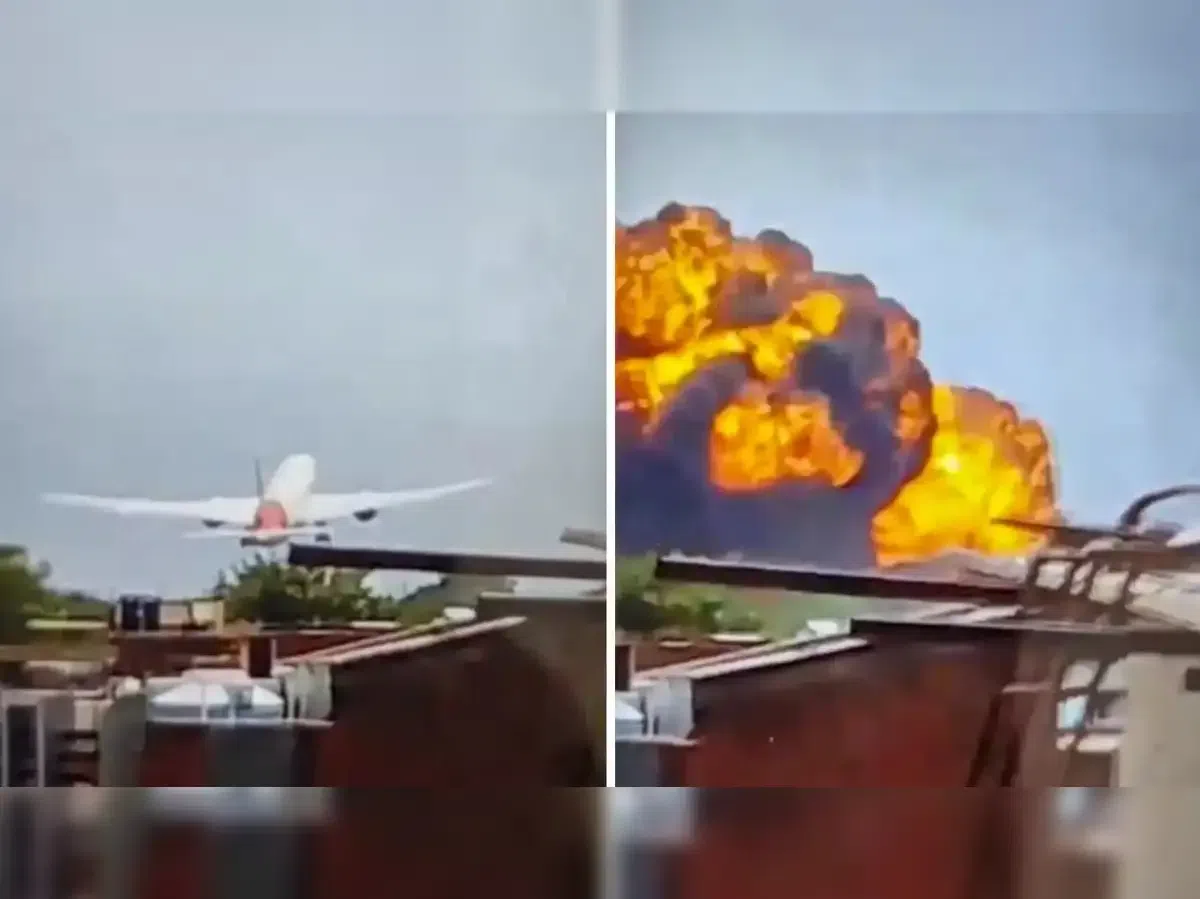Air India Plane Crash: Investigations, Survivor Accounts, and Tributes

On June 12, 2025, a devastating air disaster unfolded as an Air India Boeing 787-8 Dreamliner, destined for London’s Gatwick Airport, crashed shortly after takeoff from Ahmedabad’s Sardar Vallabhbhai Patel International Airport in India. This tragic event claimed the lives of 241 people on board and dozens more on the ground, marking the first fatal accident involving a Dreamliner aircraft. Amidst the widespread destruction, a single passenger, Vishwashkumar Ramesh, miraculously survived.
The crash left a trail of heartbreaking personal stories. Kinal Mistry, a 24-year-old woman who had traveled to India to visit her parents, tragically perished. Her father, Suraj Mistry, shared that a selfie taken moments before boarding became their final memory of her, along with a promise she made to visit them again soon. Similarly, businessman Badruddin Halani, traveling with his wife Yasmin and sister-in-law Malek, shared photos on Facebook just minutes before the crash, marking his last communication before the fatal flight. On the ground, 15-year-old Akash Patni was among those killed, having been resting near his family's tea stall, with his mother surviving with injuries but unaware of her son's fate. The pilot, Captain Sumeet Sabharwal, along with his crew, also lost their lives. His 88-year-old father, Pushkaraj, paid an emotional final tribute, recalling his son's promise to quit his job and care for him full-time. The flight carried 169 Indian nationals, 53 Britons, seven Portuguese nationals, and one Canadian.
The lone survivor, Vishwashkumar Ramesh, a 40-year-old British national, was seated in 11A, near an emergency exit, and managed to escape the burning wreckage. Dubbed the “miracle of seat 11A” by the UK press, Ramesh was discharged from Ahmedabad Civil Hospital after six days. Despite his injuries, he attended his brother Ajay’s funeral, who was also on the doomed flight, visibly grief-stricken and bandaged. Eyewitness accounts suggest Ramesh even attempted to return to the burning aircraft in search of his brother, before being guided to safety by ambulance driver Satinder Singh Sandhu. Ramesh recounted the terrifying moments before the crash, stating the plane appeared to be at a standstill for a few seconds after takeoff, followed by flickering lights and increased engine thrust, before the inevitable impact into a medical college hostel.
Ramesh’s survival in seat 11A ignited global speculation, especially after Thai singer and actor James Ruangsak Loychusak revealed he also survived a 1998 Thai Airways crash while seated in 11A. Loychusak's story, where 101 of 146 people died, added a chilling resonance to the seat number. However, aviation experts urge caution against concluding that seat 11A offers a specific survival advantage. Mitchell Fox of the Flight Safety Foundation emphasized that each accident is unique, making it impossible to predict survivability based on seat location. Stephen Wood, a disaster medicine specialist, explained that while proximity to an exit can aid evacuation in survivable crashes, high-energy impacts like the Ahmedabad crash involve far more complex variables. Survival, he noted, often depends on a rare alignment of impact forces, passenger location, timing, and sheer chance. Aircraft seat configurations vary, and in Ramesh’s case, the opposite side of the plane reportedly slammed into a building wall, rendering exits there unusable, highlighting the randomness of such events.
A multi-national investigation is now underway, involving India’s Directorate General of Civil Aviation (DGCA), the UK’s Air Accidents Investigation Branch (AAIB), and the US National Transportation Safety Board (NTSB). Both the cockpit voice recorder and the flight data recorder, commonly known as the black boxes, have been recovered and are considered critical in reconstructing the final moments of flight AI171. Investigators are examining various factors, including the crew’s background and medical history, actions of ground staff, and air traffic controllers. The pilot’s final communication made public revealed a frantic mayday call, stating the Boeing 787-8 Dreamliner was “not gaining thrust.”
Aviation experts have put forward several potential causes for the crash. Philip Baum, a visiting professor of aviation security, suspects a mechanical issue, pointing to early evidence suggesting system or multiple systems failures. Professor Ali Elham of the University of Southampton stressed that such fatal incidents offer valuable lessons for aviation safety improvements. The possibility of a dual engine power loss is being closely examined, with the DGCA ordering immediate checks on Air India’s Dreamliner fleet, specifically targeting GEnx engines and Boeing’s Thrust Control Malfunction Accommodation (TCMA) system. The investigators are also considering a bird strike as a potential trigger for engine failure, noting that unlike the 2009 “Miracle on the Hudson” incident, AI171 had not climbed high enough to glide to safety in the event of simultaneous engine loss. Human factors are also under scrutiny, including cockpit communications, systems operation, and the challenges of operating in hot weather with a full payload, with some experts suggesting incorrect flap settings might have led to reduced performance and a fatal stall, referencing past incidents like the 2008 Spanair crash. While sabotage is routinely examined, it is deemed unlikely in this instance. A preliminary report is expected within three months, with the possibility of an urgent safety advisory if a serious flaw is identified.
In the aftermath, a 56-year-old businessman, Raju Patel, and his team bravely rushed to the scene to assist in rescue efforts. They later recovered valuable items from the wreckage, including 70 tolas of gold jewelry, cash, passports, and a sacred text, all of which were meticulously documented and handed over to authorities. The Minister of State for Home, Harsh Sanghavi, assured that efforts were underway to return these belongings to the victims' families. Air India has also announced compensation for the victims' families. Despite this catastrophic event, safety experts stress that Air India maintains a strong safety culture, and the Boeing 787 Dreamliner had safely carried over one billion passengers prior to this accident. The ongoing investigation aims to provide critical answers to one of India’s worst air disasters in recent history.









